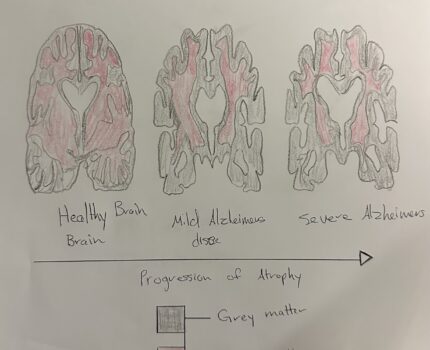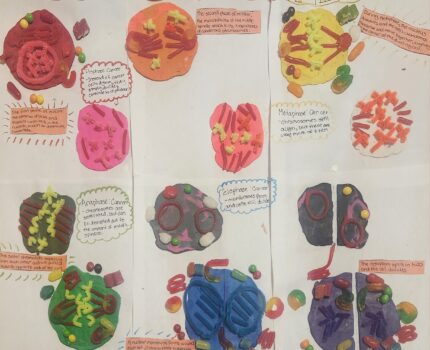Alzheimer’s Disease The Degeneration of Neurons and The Brain
Tristan Thompson Human Anatomy and Physiology 1 November 21, 2023 Steam Project The goal of my STEAM project is to identify and describe the four main lobes within the brain and also discuss the effects that Alzheimer’s disease has on degenerating the central nervous system and sections of the brain. …
Let it grow! -Muscle edition
Let it snow but… make it Let it grow! featuring My mom on the piano. By: Kate Hetle These are the lyrics to the song. : Well, an injury to a muscle is frightful but repair is so delightful, with the help of calcium fibrin and protein let it grow …
Bone development and repair
My STEAM project is about bone development and repair. More specifically pertaining to Wolff’s Law. Astronauts experience this the most and it’s a great risk they take when exploring outer space.
Lucas Smith
Cancer Cell Growth In this essay I will cover the course objective “describe the stages of mitosis”, additionally, I will expand on this topic by covering how these cells become cancerous and grow unhealthily in our bodies. According to the Center for Disease Control (CDC) in the year 2020 1.6 …
Kilie Jacquez
Bio F111 Steam Project 20/11/2023 Have you wondered how scientists have bioengineered healthy skeletal muscle tissues to repair or replace acute injuries?Scientists are finding ways for diseased or damaged muscle tissue to build upon healthy muscle tissues to help with muscle repairs and replacements; from C. Handschin, scientists are using …
Cell Cycle: Mitosis (Healthy vs Cancerous)
All Phase of mitosis, with attributes of the cell cycle (Mitochondria, vacuoles, centrioles, Golgi Apparatus, and Endoplasmic Reticulum.
Race to Rigor Mortis
After reading through the information provided, you will move on to my game board. On the game board, Race to Rigor Mortis, you will be tested on the information from this paper while trying to be the last player to decompose. Rigor mortis is a natural postmortem physiological phenomenon resulting in …
Functions of Bone and How They Relate to Our Tooth Structure.
Just like any part of our body, teeth and their functions are important and play crucial roles. For my STEAM project, I decided to go further into the anatomy of teeth and oral cavity. And as I did my research, I found that teeth and bones are very much their …


